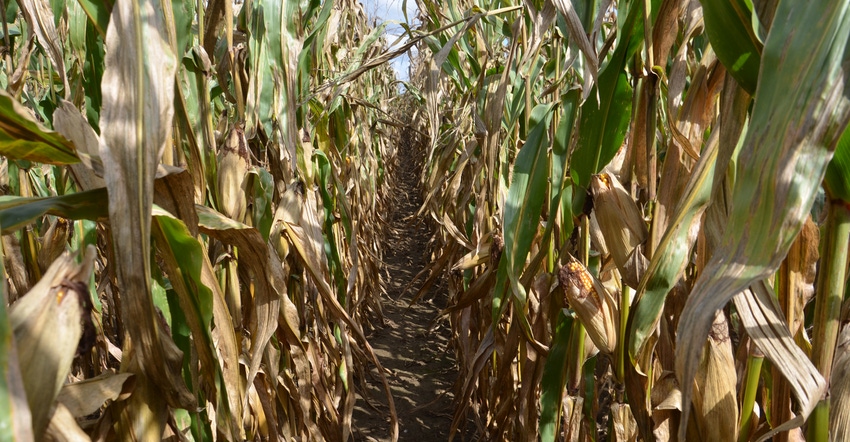June 28, 2021

A contingency plan is a course of action designed to help a business determine how to respond to possible future events. Contingency plans are often referred to as “Plan B” moves. Contingency plans are often used by family businesses to determine how to respond to the departure or absence of key personnel, or to develop a plan for how to respond to changes in projected cash flows.
Scenario planning, which makes assumptions about what the future is going to be and how the business environment may change in light of that future, can be used to develop a plan for how to respond to changes in the business climate.
Scenario planning helps decision-makers identify ranges of possible outcomes and evaluate the impacts of these outcomes on the farm business. By visualizing potential opportunities and risks, farm businesses can become proactive rather than just reacting to events.
Scenario planning examples
One example of the use of scenario planning would be to use various crop prices in a farm’s crop budgets and to observe the potential effects. In this case, scenarios could be categorized as most likely, worst case or better than expected. Let’s use the iFarm Price Distribution Tool.
In mid-June, there was more than a $2-per-bushel difference between the projected December 2021 corn futures price at the 25 percentile and the projected December 2021 corn futures price at the 75 percentile. The 25 percentile means there is a 25% chance of prices falling below this level and the 75 percentile means there is a 25% chance of prices being above this level.
For soybeans, the difference between the two percentiles using the November 2021 soybean price was almost $3 per bushel. A farm’s strategies for marketing grain or purchasing assets would likely differ depending on which scenario plays out: low price, most likely price or high price.
As another example, at the current time, global demand for corn and soybeans is strong. Under this scenario, we are seeing upward pressure on cash rents and land values; more interest in purchasing machinery, equipment and buildings; and improvements in working capital.
Key questions
Questions that need to be addressed using various scenarios regarding global demand are as follows:
How much should I bid for cash rent in the upcoming year?
What would happen to asset values and working capital if global demand became weaker?
Would our farm’s overall growth strategy change if global demand became weaker?
Scenario planning is particularly important when gauging whether a farm has enough cash flow to repay debt, to replace assets and to expand. Certainly, the strategy would differ if a farm were facing relatively low prices compared to a scenario where prices are stronger than they were expected to be.
Langemeier is a Purdue University Extension ag economist and associate director of the Purdue Center for Commercial Agriculture. He writes from West Lafayette, Ind.
You May Also Like




